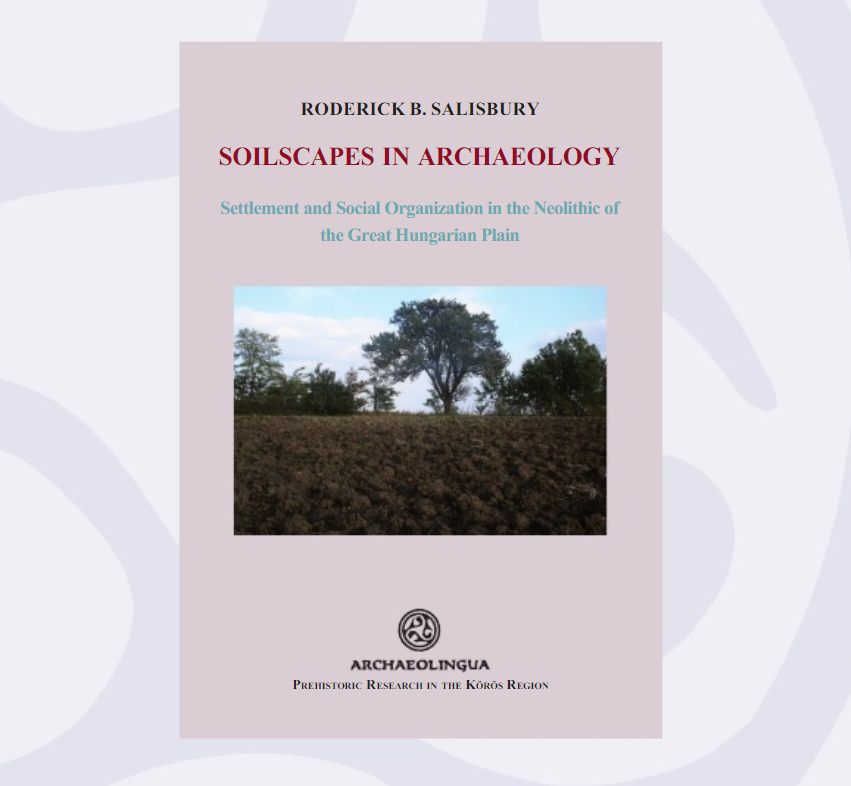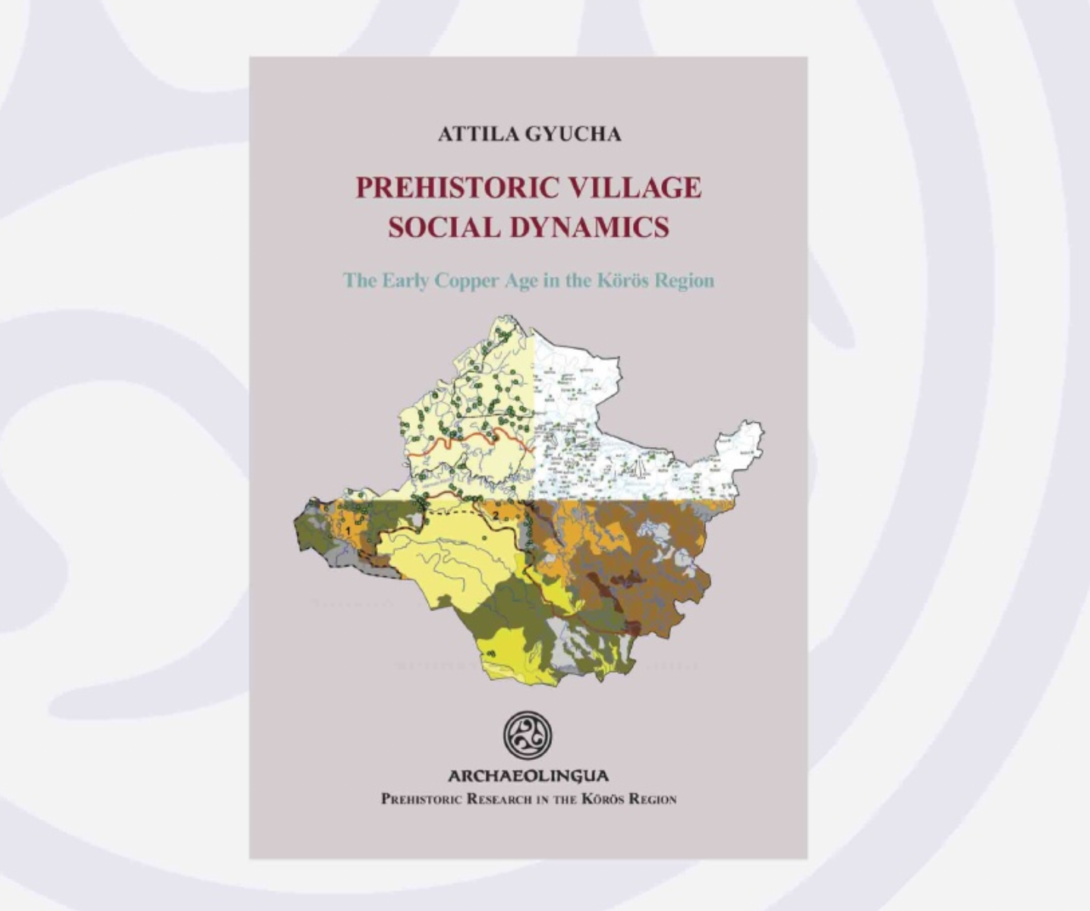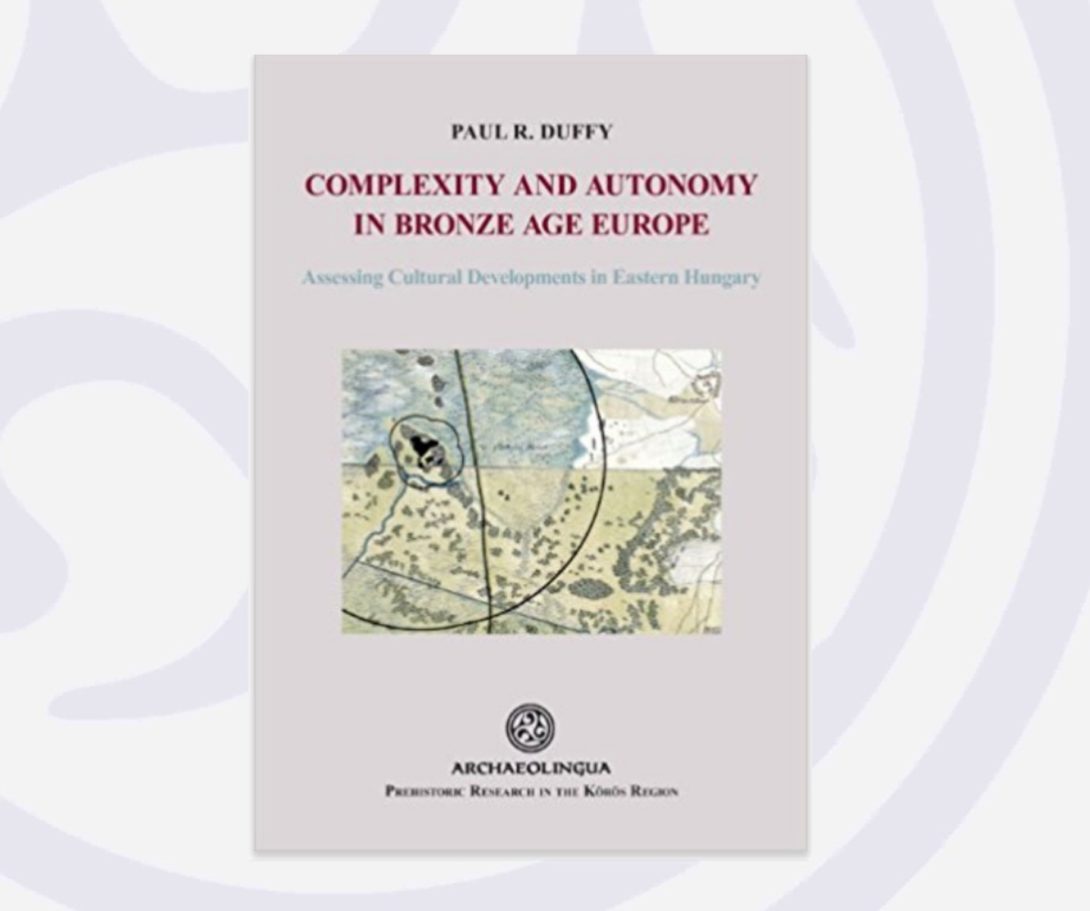Book Series
The Körös region has become one of the most intensively investigated archaeological landscapes in the world. Numerous Hungarian and North American students, many of whom started as undergraduates on the Körös Regional Archaeological Project, developed research projects for their bachelor’s and master’s theses that focused on the prehistory of the Körös region. Several also went on to launch their own independent research projects that resulted in doctoral dissertations.
The ‘Prehistoric Research in the Körös Region’ book series presents the results of recent archaeological investigations in the Körös Region, including these doctoral dissertations. The series, which was established in 2014 is co-edited by Attila and Bill, is published by the internationally-recognized Archaeolingua Publishing House in Hungary.
Soilscapes in Archaeology: Settlement and Social Organization in the Neolithic of the Great Hungarian Plain Heading link

The places around us are an integral part of our social life. Daily activities are associated with specific living and working areas, and these associations create patterns that reflect the way people behave within defined spaces. cooking, storage, craftwork, waste disposal, and other daily tasks take place in culturally accepted spaces. These everyday activities leave chemical and geophysical traces in the soil, creating cultural soilscapes. In this book, the author uses the soilscapes from small Late Neolithic and Early Copper Age settlements in the Körös Region of the Great Hungarian Plain to explore the relationship between spatial distributions and community organization during the major social and economic transformations that occurred at the turn of the Neolithic and Copper Age. Focusing on soil, rather than on artifact distributions or architecture, reveals patterns of continuity in spatial organization at small settlements. This contrasts with the spatial organization at large, nucleated Late Neolithic settlements, which differs considerable. The proposed model of household clusters and activity zones provides a framework for understanding shifts in spatial structure as they relate to social organization and will prove useful in other regions and periods of cultural transformation.
Prehistoric Village Social Dynamics: The Early Copper Age in the Körös Region Heading link

This book explores the social dynamics of early village societies, focusing specifically on the transition from the Neolithic to the Copper Age and the development of Early Copper Age village communities in the Körös Region on the great Hungarian Plain. In order to model how Copper Age villages evolved from their Neolithic predecessors, different theoretical and methodological perspectives were incorporated, and data on settlement patterns and organization, mortuary customs, economy, and interaction were considered in a diachronic framework and at multiple geographic scales. The model developed here contributes to a more nuanced understanding of prehistoric socio-economic and cultural transformations in prehistoric Europe and in other parts of the world.
Complexity and Autonomy in Bronze Age Europe: Assessing Cultural Developments in Eastern Hungary Heading link

This book develops a general anthropological method for studying ‘middle-range societies’ (which includes ‘tribes,’ ‘chiefdoms,’ and ‘ranked’ societies) and applies it to the Middle Bronze Age archaeological sequence in the Körös basin of eastern Hungary (2150-1400 BC). The theoretical emphasis focuses on eight social dimensions that are both cross-culturally significant and archaeologically observable. These dimensions allow monitoring social change at both the local and regional levels. This facilitates integrating models of social change with archaeological evidence such as storage location, house size, scalar stress at large settlements, the intensity of craft production, and estimates of agricultural yields based on intensive gardening and plough agriculture. Site catchment and settlement pattern analysis is another component of the approach, allowing the possibility of inter-site inequalities or dependencies to be evaluated. This anthropological method is used to assess the orthodox understanding of Bronze Age societies – the Ottomány (Otomani) and Gyulavarsánd cultures – as hierarchical polities with elites controlling the production and distribution of prestige goods and other crafts. In contrast, the evidence from the Körös basin in the published literature and from new systematic collection and excavation indicates a pattern of autonomous villages with no sub-segment controlling metallurgy or subsistence goods. This model may not hold in areas surrounding the basin, however, suggesting organizational forms existed as a heterogeneous mosaic across the Bronze Age landscape of the Carpathian Basin.